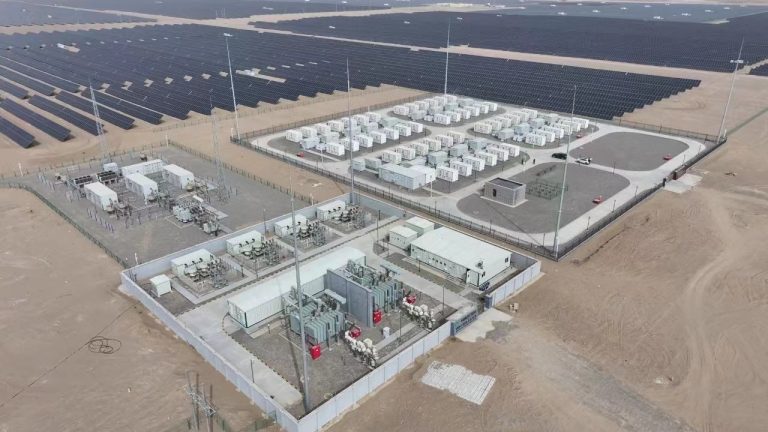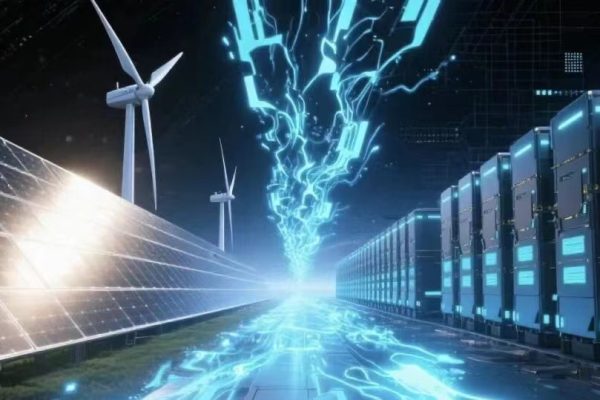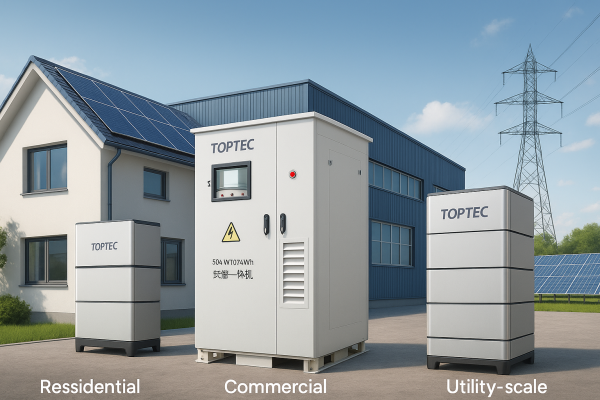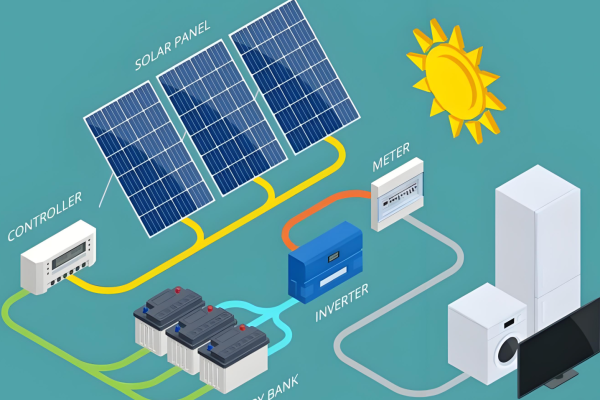The Smart Energy Solution That Combines Solar Power and Battery Storage
As more homeowners and businesses seek energy independence, PV-storage hybrid systems are becoming the go-to solution. These systems combine solar panels (photovoltaics or PV) with battery storage and often a grid or generator connection. They offer both sustainability and reliability — and can be customized for different energy goals.
For installers, system integrators, and international exporters, understanding and explaining the hybrid system concept is key to selling more intelligently and supporting clients with real-world energy challenges.
What Is a Hybrid PV-Storage System?
A PV-storage hybrid system is a solar power setup that includes:
- Solar panels to generate electricity during the day
- Battery storage to store excess energy for later use
- Hybrid inverter to manage energy flow between solar, battery, and grid
- Optionally: grid connection or diesel generator for backup
Unlike traditional grid-tied systems, which lose functionality during a blackout, hybrid systems provide backup power and can operate independently when needed.
Key Components
| Component | Function |
|---|---|
| PV Panels | Generate DC electricity from sunlight |
| Hybrid Inverter | Converts DC to AC, controls charging/discharging |
| Battery Bank | Stores energy for night use or outages |
| Grid Connection | Supplies power when solar or battery is insufficient |
| EMS (optional) | Smart controller for managing energy usage & priorities |
How Hybrid Systems Work (Simplified Flow)
- Daytime: Solar panels power the home and charge the battery.
- Evening: The battery supplies stored energy to avoid using the grid.
- Grid Shortage or Outage: The system switches to “island mode” and runs from the battery.
- Excess Power: Can be sent back to the grid (if net metering is available) or stored.
Benefits for End Users
- ✅ Reduced Electricity Bills
- ✅ Backup Power During Outages
- ✅ Increased Energy Independence
- ✅ Time-of-Use Optimization
- ✅ Environmental Impact Reduction
Hybrid System vs. Grid-Tied and Off-Grid Systems
| Feature | Grid-Tied | Off-Grid | Hybrid PV-Storage |
|---|---|---|---|
| Solar + Battery | ❌ | ✅ | ✅ |
| Grid Backup | ✅ | ❌ | ✅ |
| Load Shifting | ❌ | ✅ | ✅ |
| Blackout Protection | ❌ | ✅ | ✅ |
| Net Metering Option | ✅ | ❌ | ✅ (if supported) |
Common Use Cases
- Residential homes looking to reduce electricity bills and gain backup power
- Small businesses in areas with unreliable grid supply
- Remote properties that need hybrid solar + generator solutions
- Export markets with high diesel costs and growing solar incentives
Tips for Installers and Exporters
- Pre-size battery and inverter capacity based on user goals (e.g., backup vs. daily cycling)
- Offer modular kits that can grow over time
- Explain ROI clearly — especially for clients with TOU (Time-of-Use) tariffs
- Match inverter and battery protocols (CAN, RS485) to avoid communication errors
- Include remote monitoring tools for easy support and system optimization
A PV-storage hybrid system is more than a trend — it’s a flexible, future-proof energy solution. It brings together solar generation, energy storage, and smart controls to meet the needs of modern energy users.
Whether you’re selling complete hybrid kits or offering custom configurations, educating your clients on what a hybrid system is — and what it can do — is one of the best ways to build trust, close sales, and grow your business in competitive solar markets.









